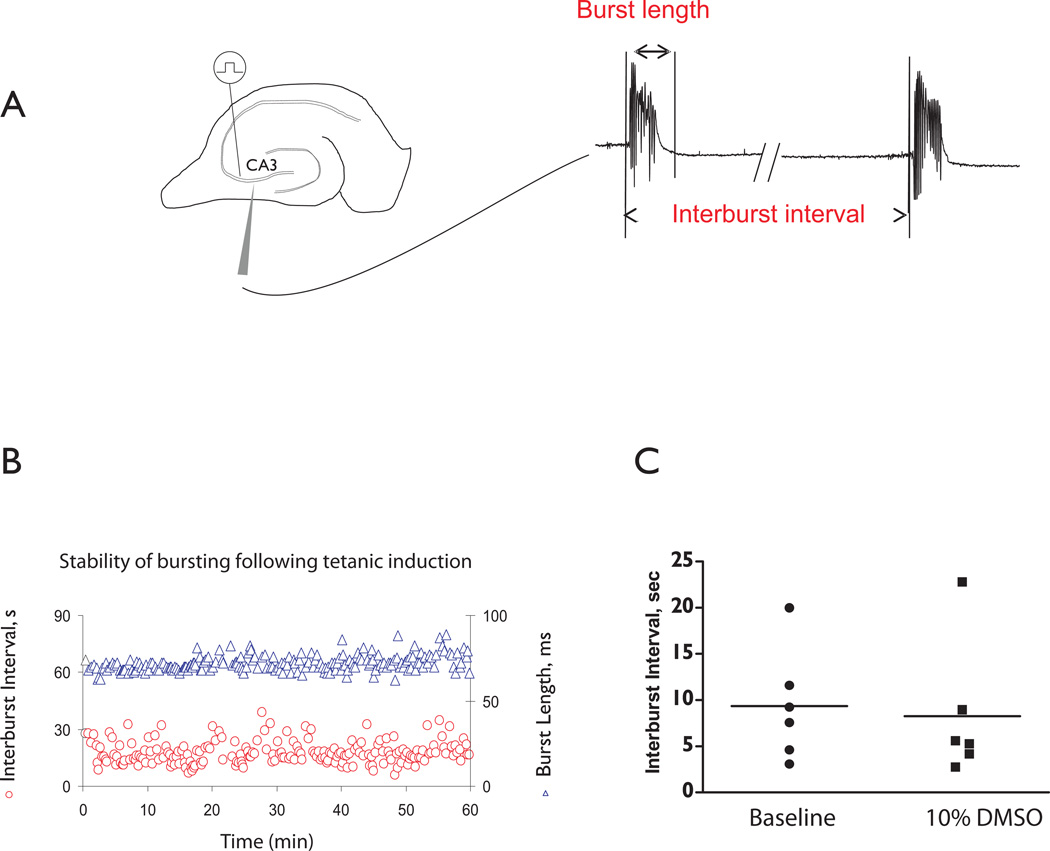Figure 1. Properties of CA3 population bursts.
A. Left panel: Extracellular recording setup to measure CA3 population bursts. We induced spontaneous bursting of the CA3 pyramidal cell network using tetanic stimulation. Right panel: CA3 network activity in terms of interburst interval and burst length. B. A representative experiment showing that CA3 bursts are stable for up to one hour following tetanic stimuli. C. Interburst interval is not altered when 10% DMSO is added to the ACSF compared to baseline bursting (n=6, Paired T-test, p=0.16).

